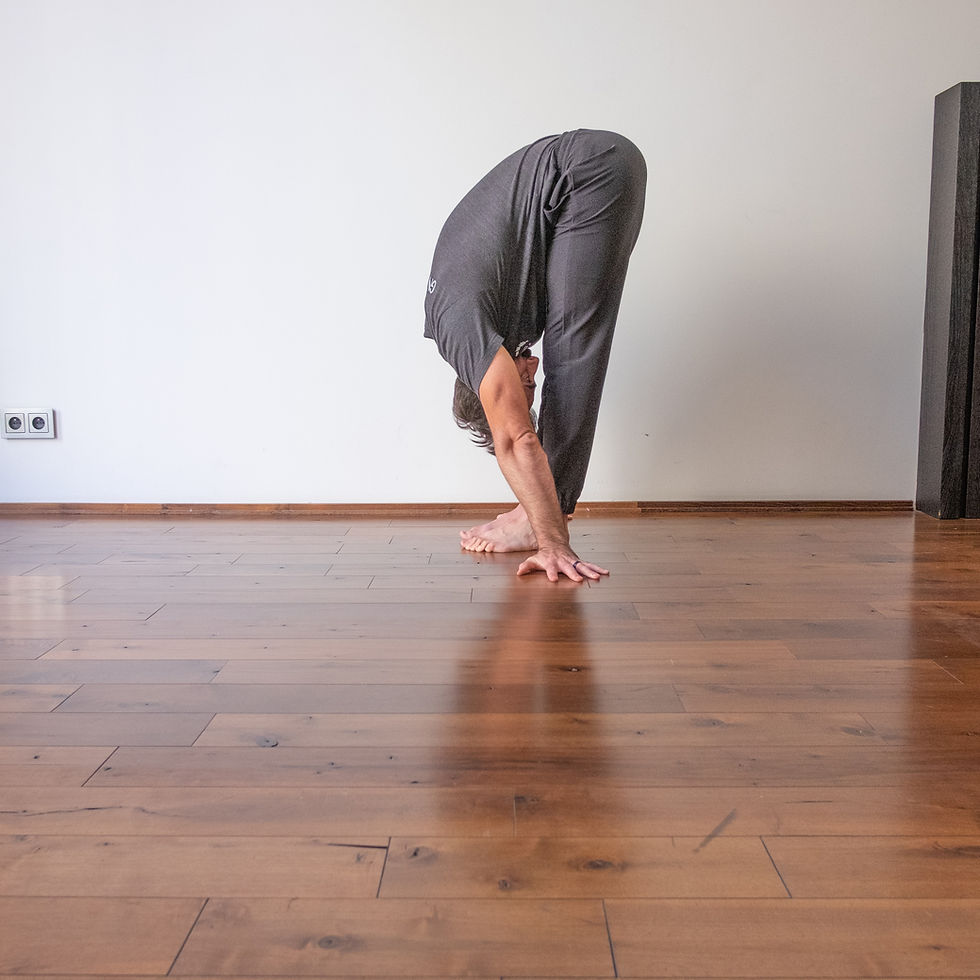Hypermobility and Back Pain – Building Strength and Control
- Kieran Cummins
- Aug 9
- 2 min read
(Part 2 of our Hypermobility & Back Pain Series)

In Part 1 we looked at how hypermobility can contribute to back pain, particularly through joint instability, muscle fatigue, and patterns like lower crossed syndrome. Now let’s focus on what you can do about it.
The key to long-term relief is building stability, improving muscle balance, and retraining your body to move efficiently — and physiotherapy is the best place to start.
Why Strength and Control Matter
If your joints are hypermobile, they rely heavily on muscles for stability. Weak or poorly coordinated muscles around the pelvis and spine make it harder to protect the lower back, leading to repeated flare-ups.
A tailored strength and control programme will:
Support the joints so they move within a safe range.
Reduce fatigue by improving muscle endurance.
Rebalance the body to address patterns like lower crossed syndrome.
Safe Strengthening for Hypermobility
Start Low and Build Gradually
One of the most important rules is “start low and go slow.” Jumping into high-intensity workouts can overload unstable joints. Physiotherapy-led rehabilitation starts with low-load, controlled exercises before progressing to more challenging movements.
Target the Right Muscles
For lower crossed syndrome, two muscle groups need particular attention:
Core muscles – especially the deep stabilisers like the transverse abdominis and multifidus.
Glutes – the powerhouse muscles for hip stability and pelvic control.
Strengthening these muscles helps tilt the pelvis back into a healthier alignment, easing strain on the lower back.
Use Closed-Chain Exercises
Closed-chain movements (where your hands or feet stay in contact with a surface) give you more joint stability and feedback. Examples include bridges, wall squats, or modified planks.
Pilates – A Game-Changer for Hypermobility
Pilates, particularly Clinical Pilates, is one of the best tools for building spinal stability and control.
It works by:
Encouraging slow, precise movement to retrain muscle coordination.
Strengthening the deep core without overloading lax joints.
Improving posture and body awareness to prevent harmful positions.
At Redrock Physio in St Albans, we often use the Pilates Reformer to add adjustable resistance and support, making exercises safe and effective for hypermobile clients.
Improving Balance and Proprioception
Hypermobility often comes with reduced joint position awareness. Physiotherapy can improve this through:
Balance training (e.g., single-leg stands, wobble board work).
Coordination drills that challenge your body’s control in safe positions.
Better proprioception means fewer awkward movements, less strain, and more confidence in your body.
Looking Ahead – Part 3
In Part 3, we’ll look at stretching and hands-on support for hypermobility — including how to adapt flexibility work so you don’t overstretch, and how massage and pressure techniques can help reduce pain and improve body awareness.
Ready to start your strength plan?
If hypermobility and back pain are holding you back, our physiotherapy and Pilates team in St Albans can create a personalised programme to help you build stability, improve posture, and feel stronger every day. Book your appointment today and take the first step towards a more stable, pain-free back.



Comments